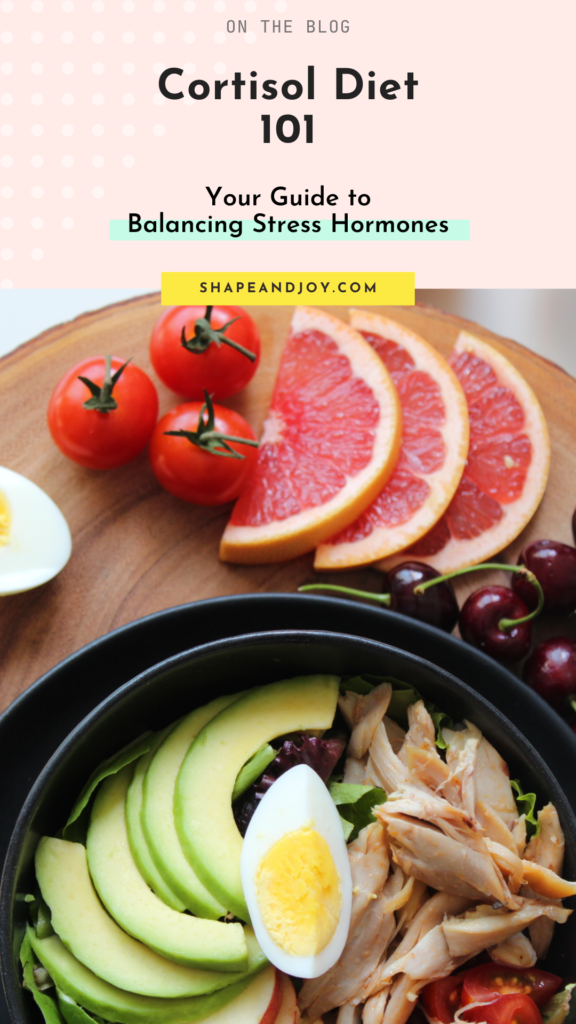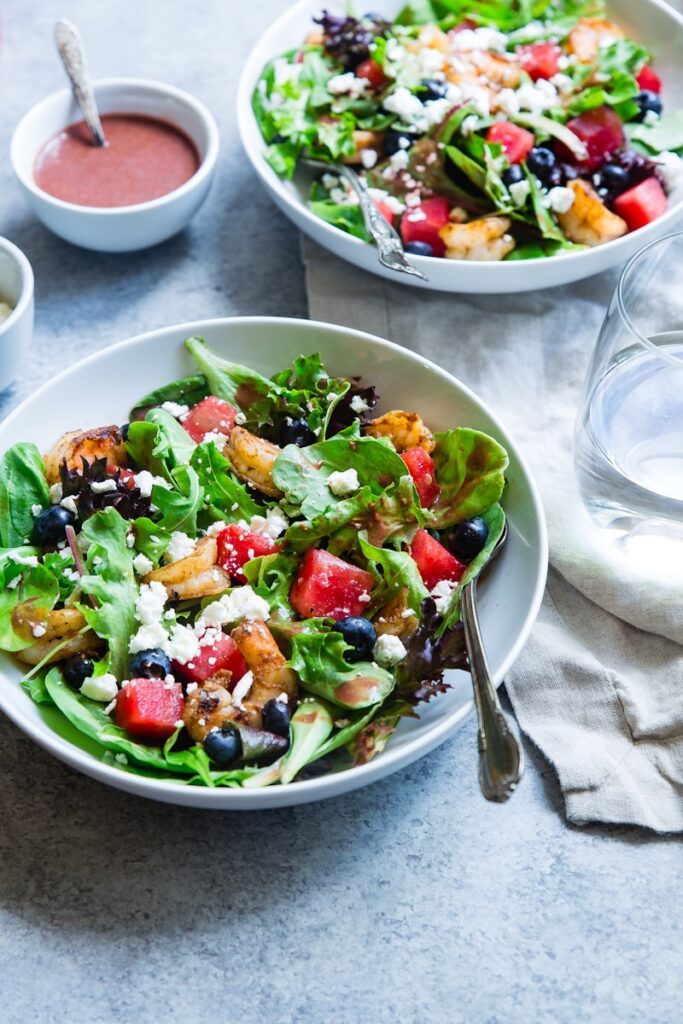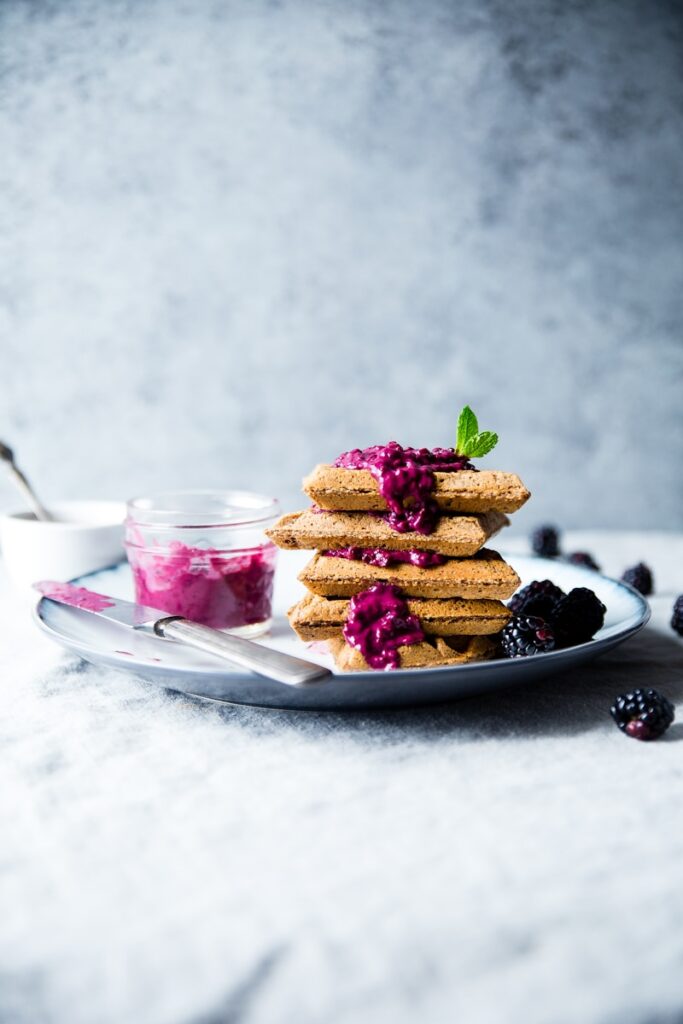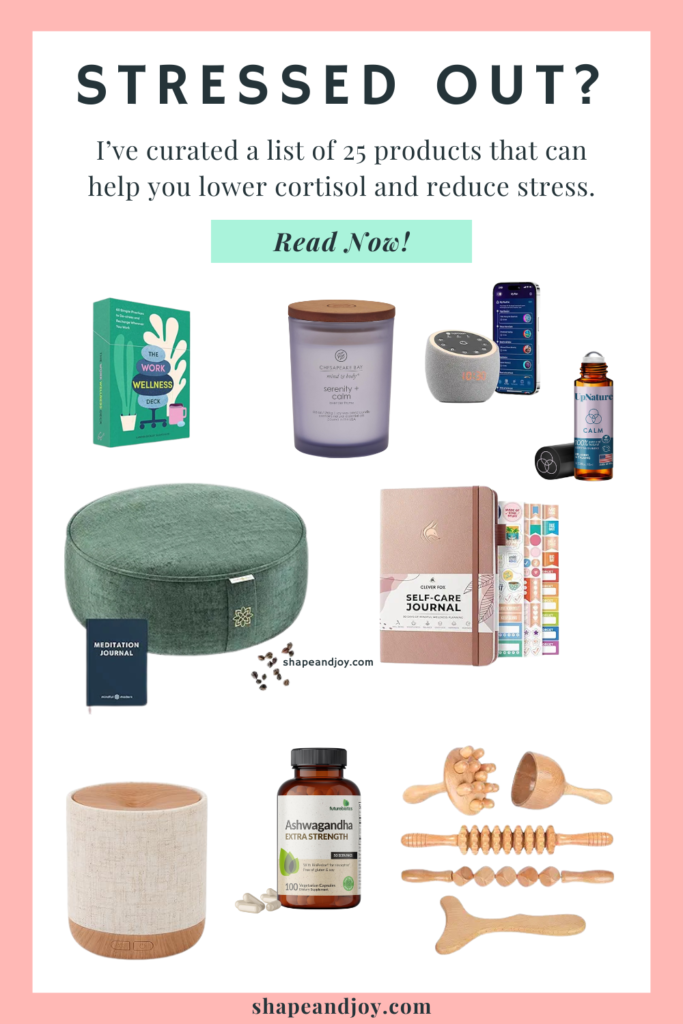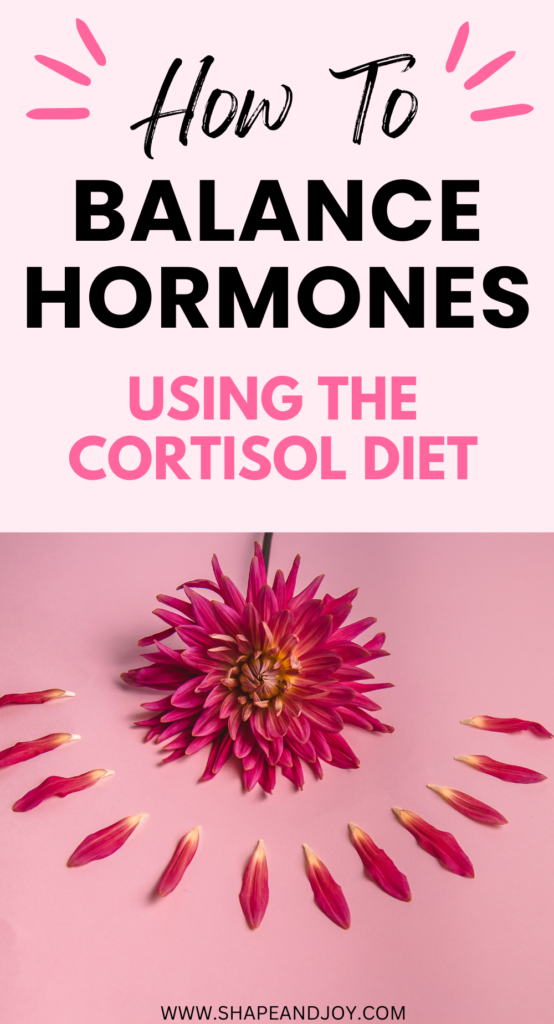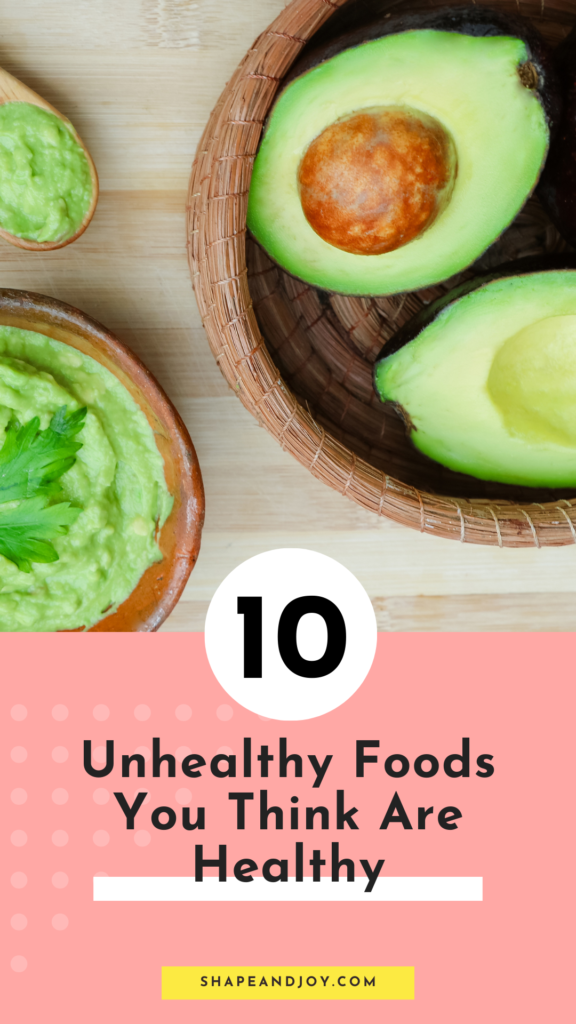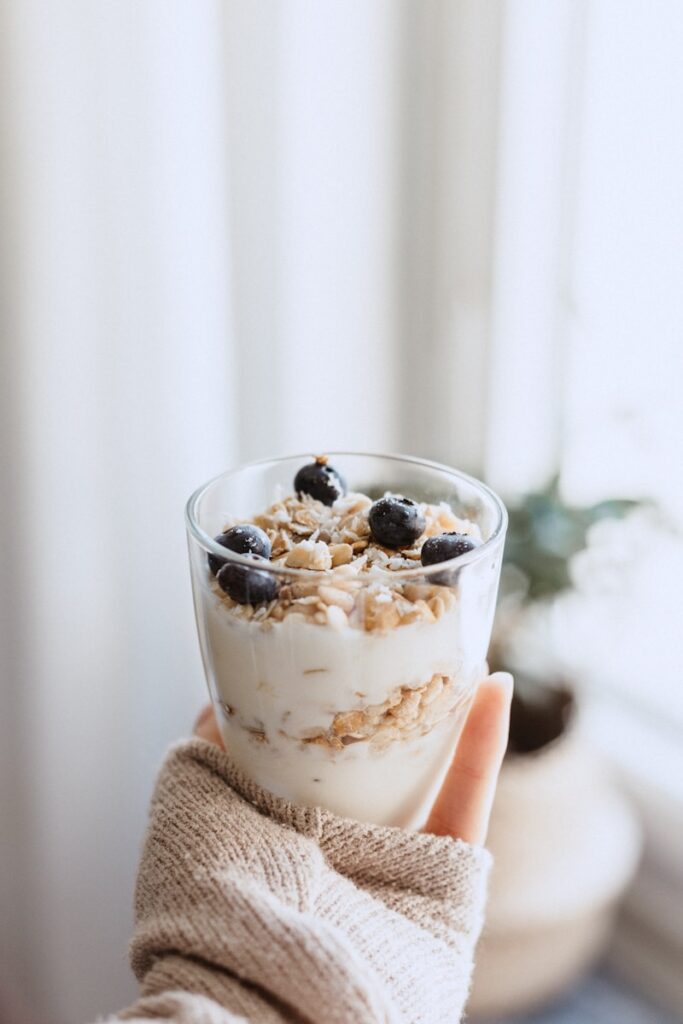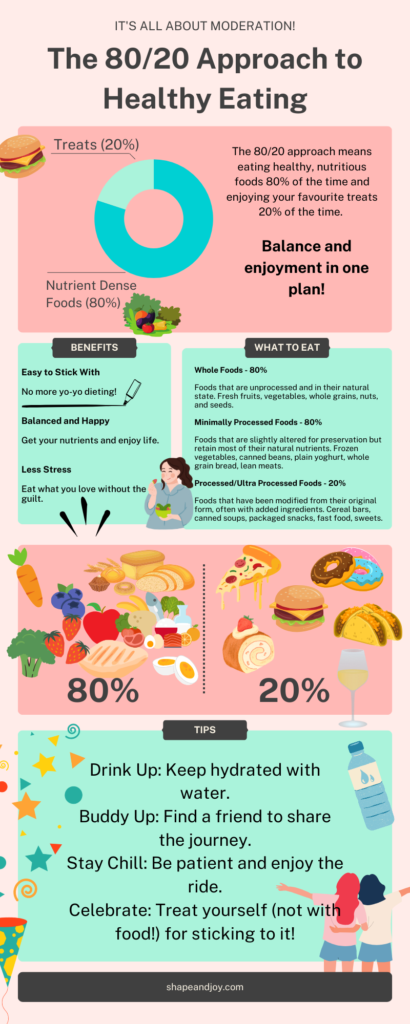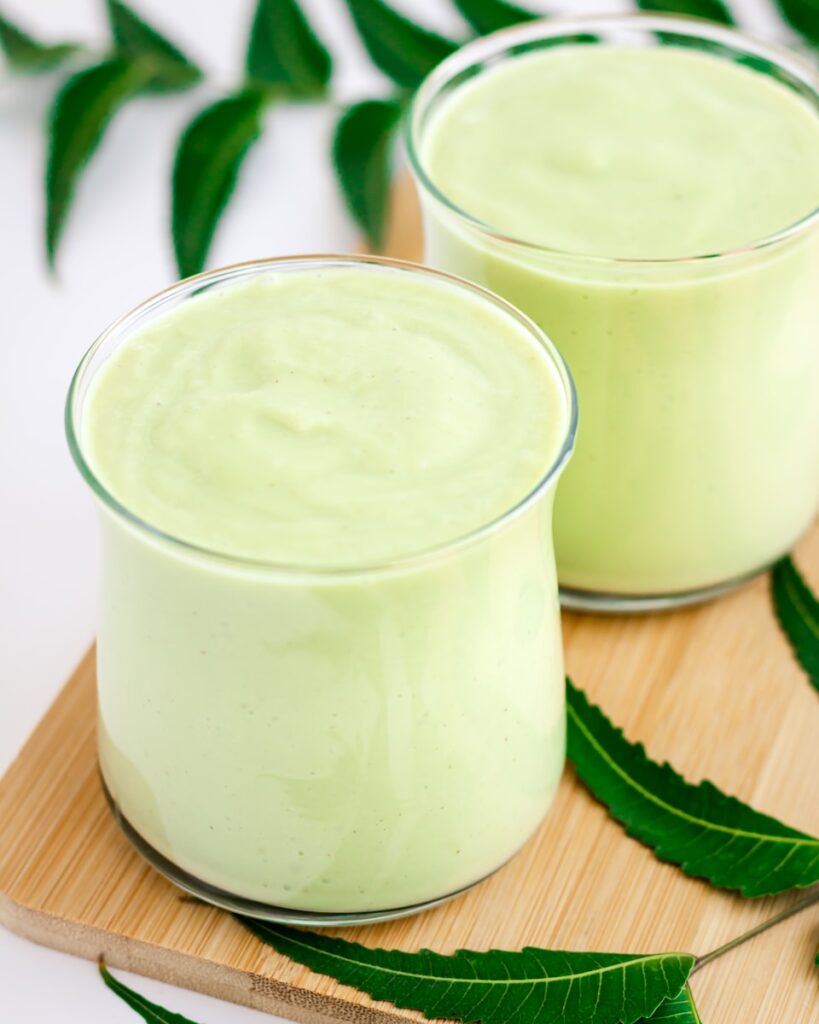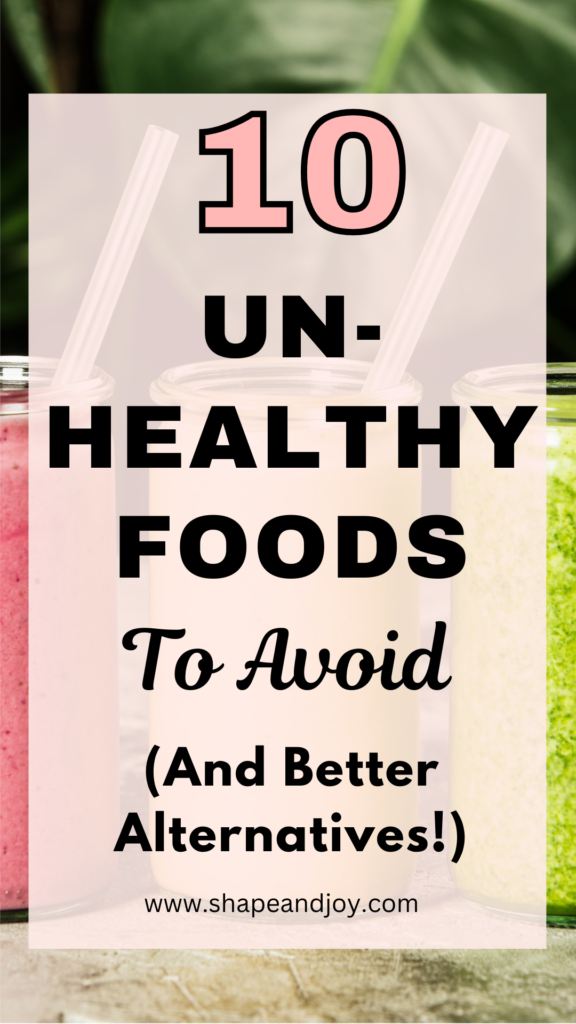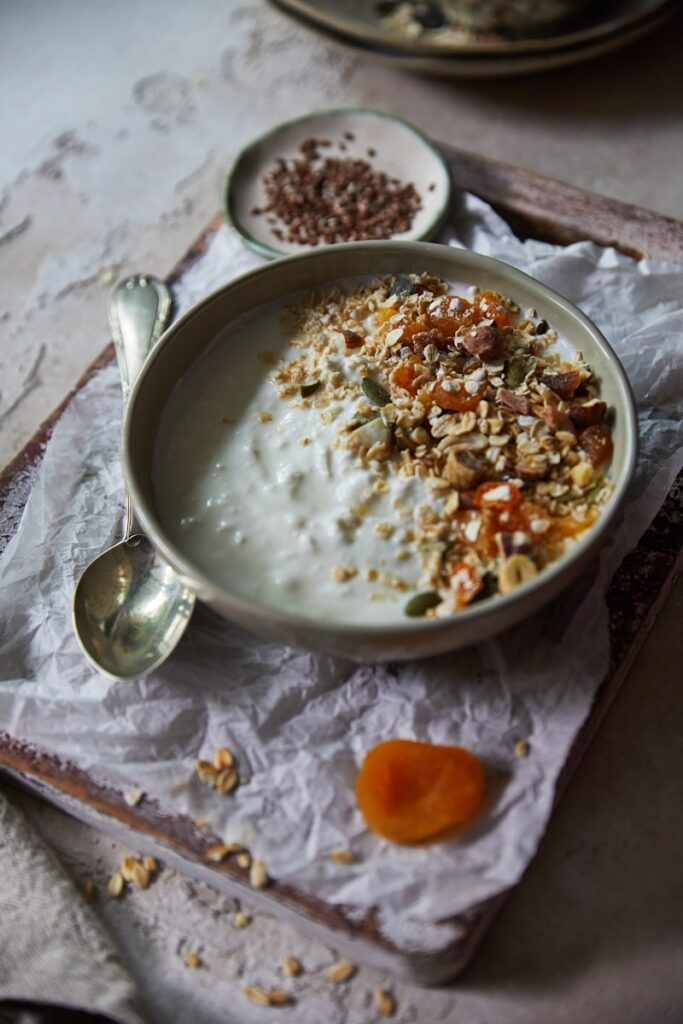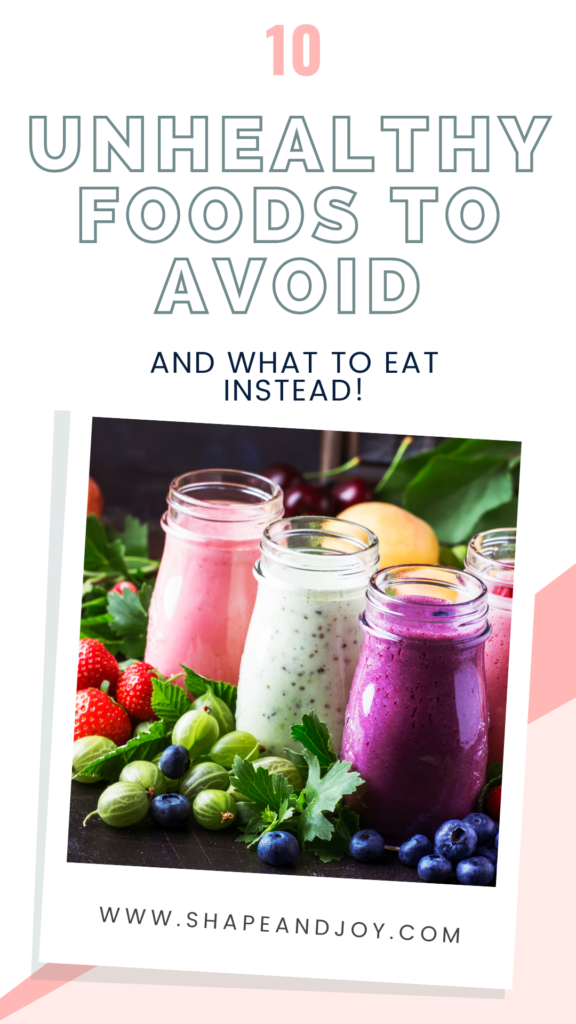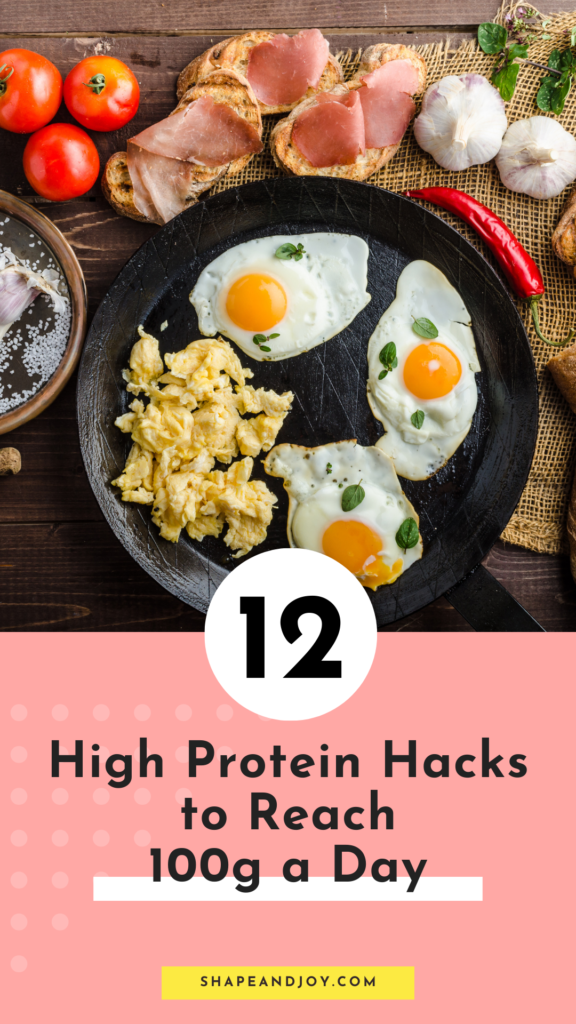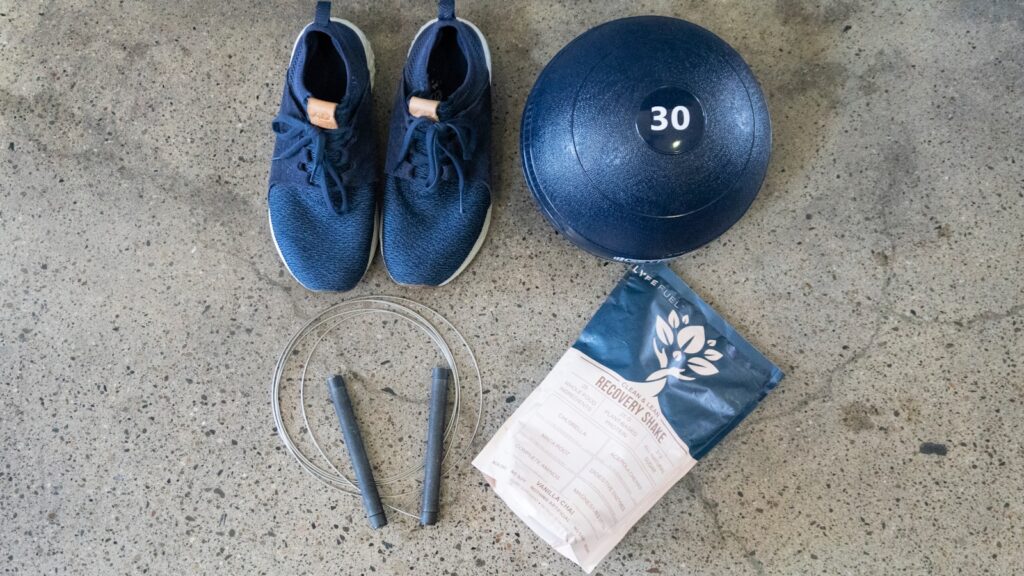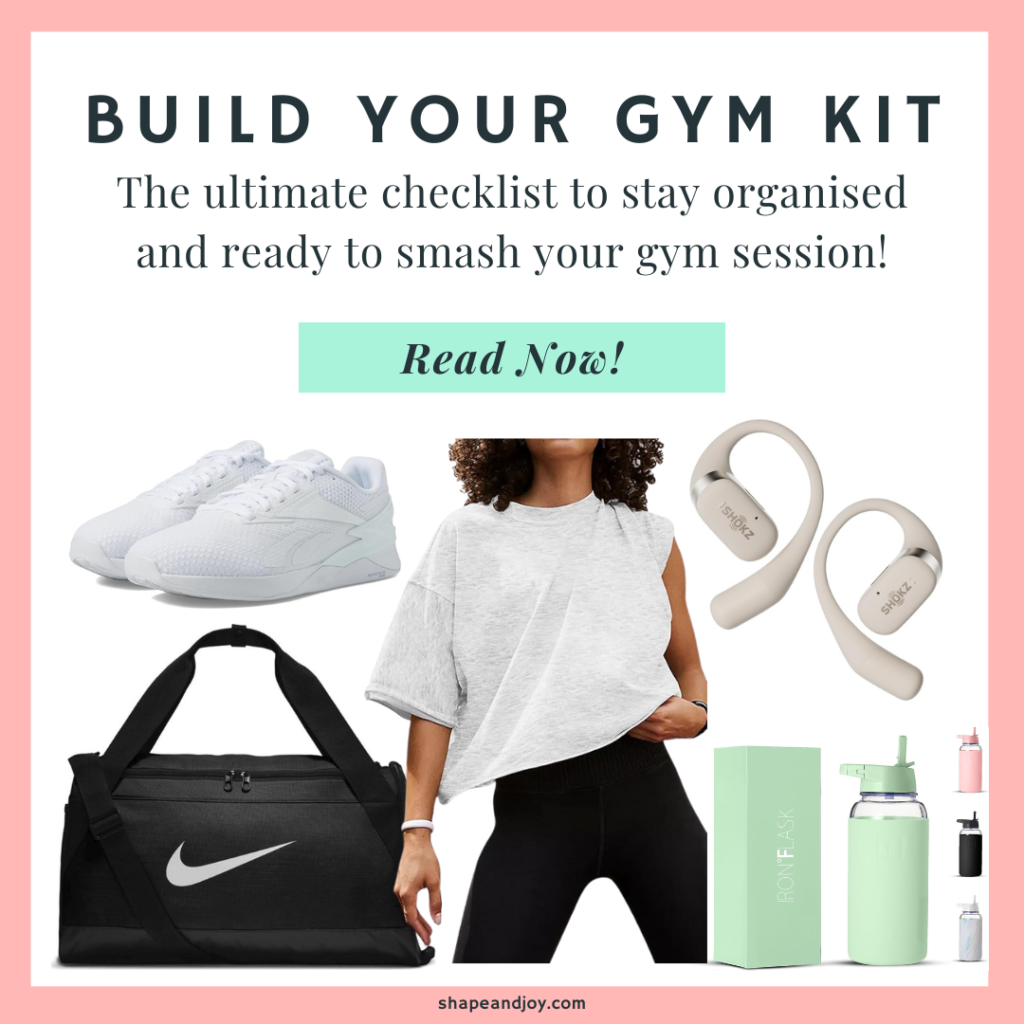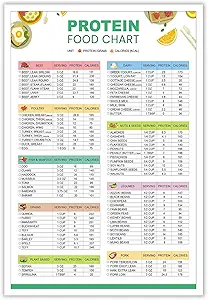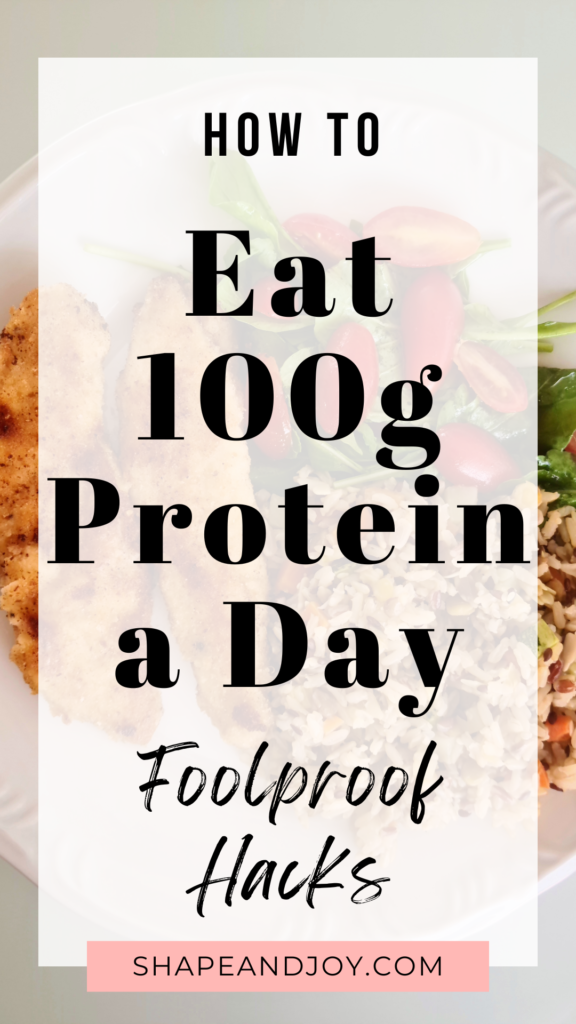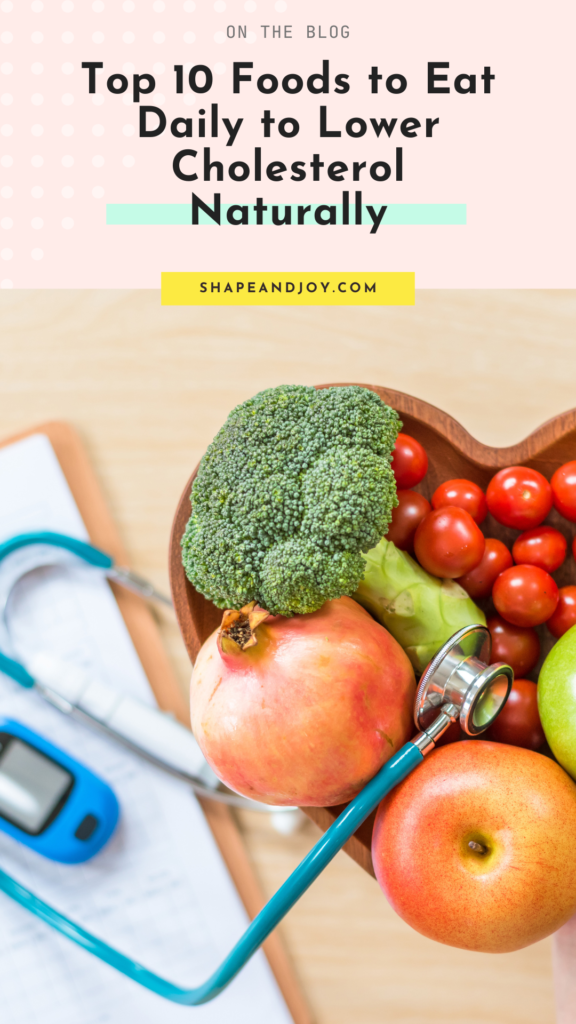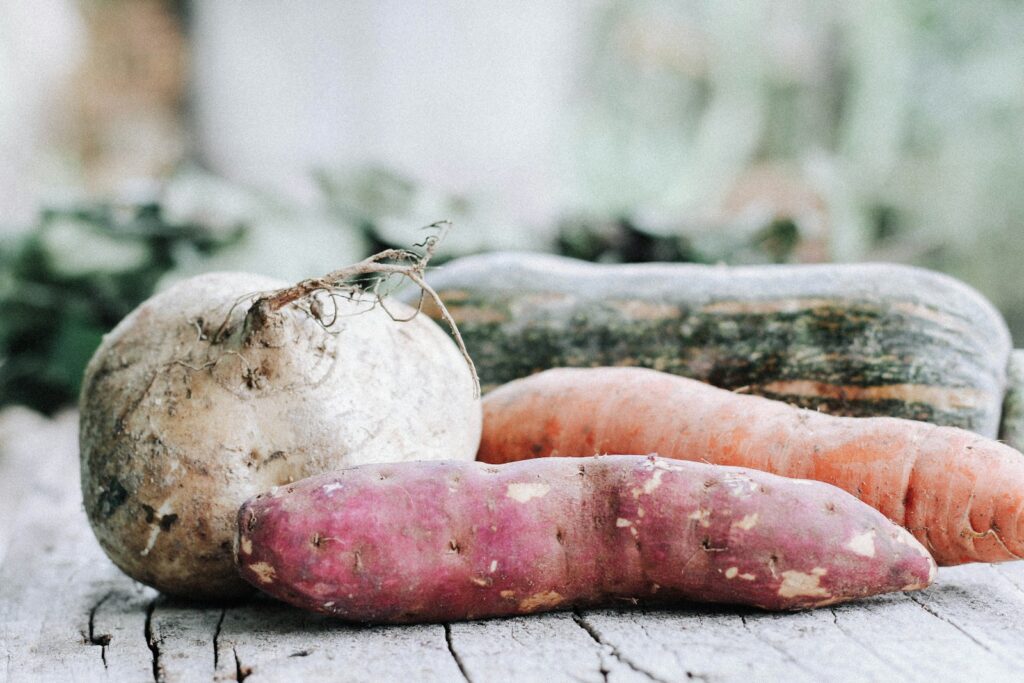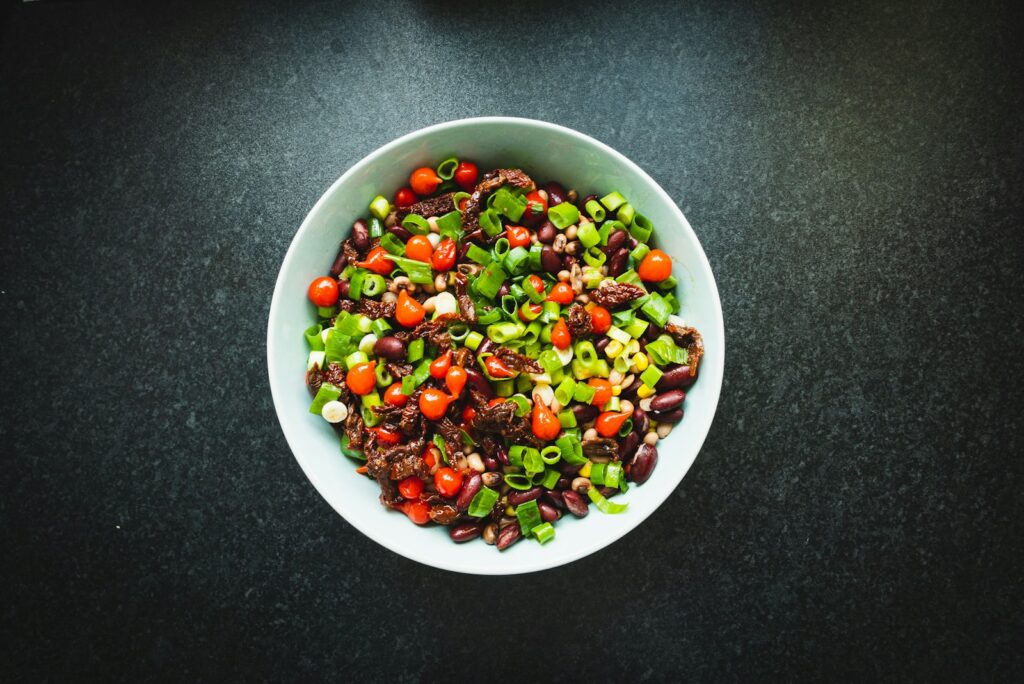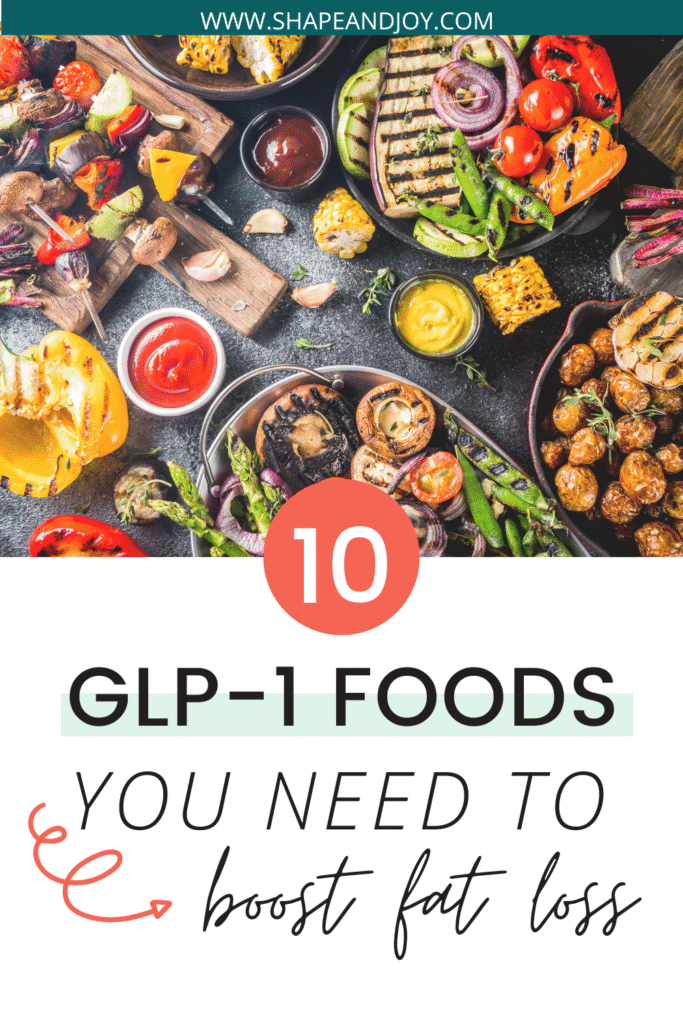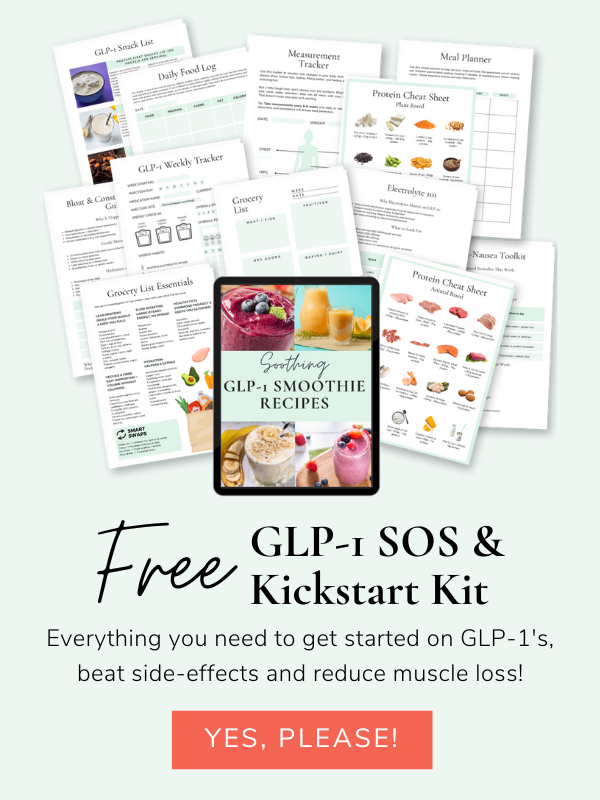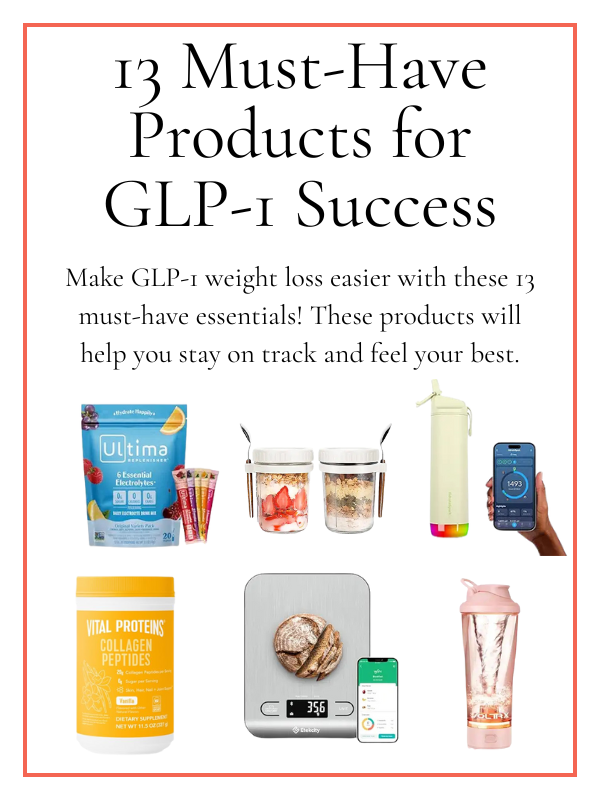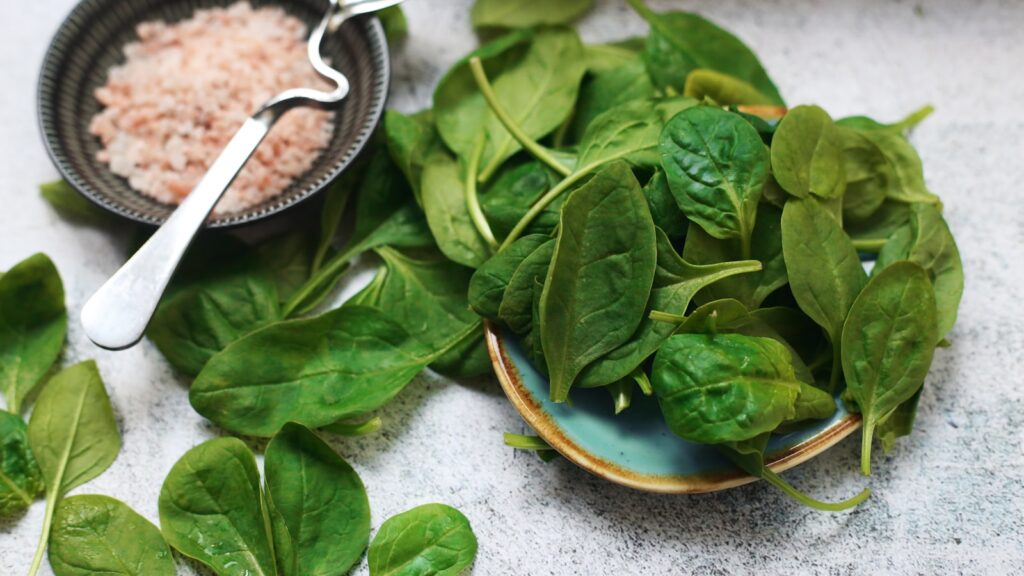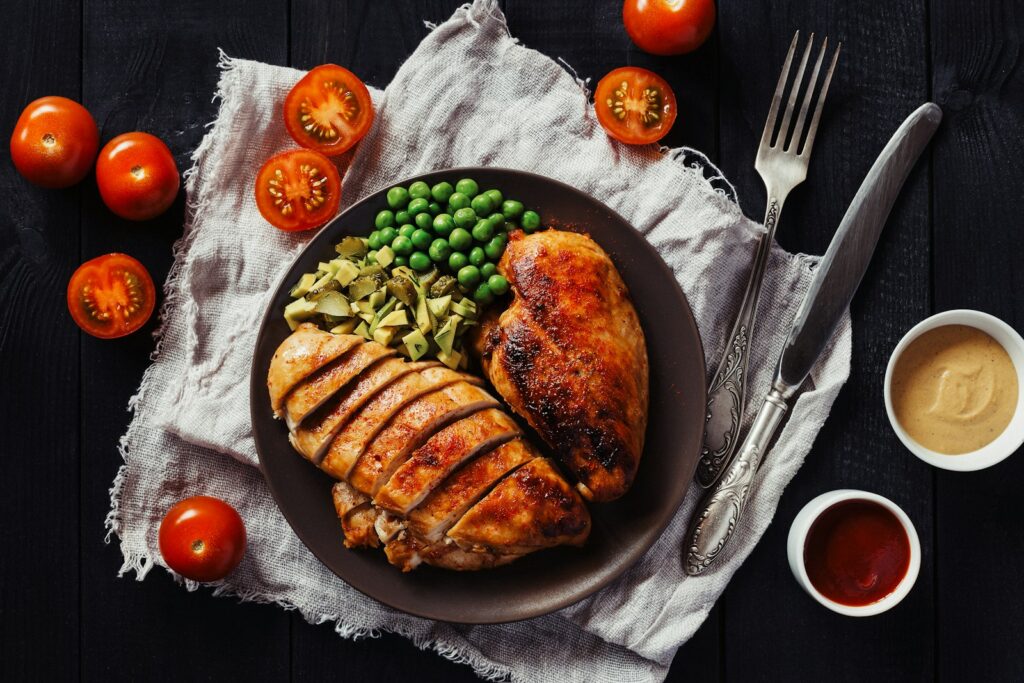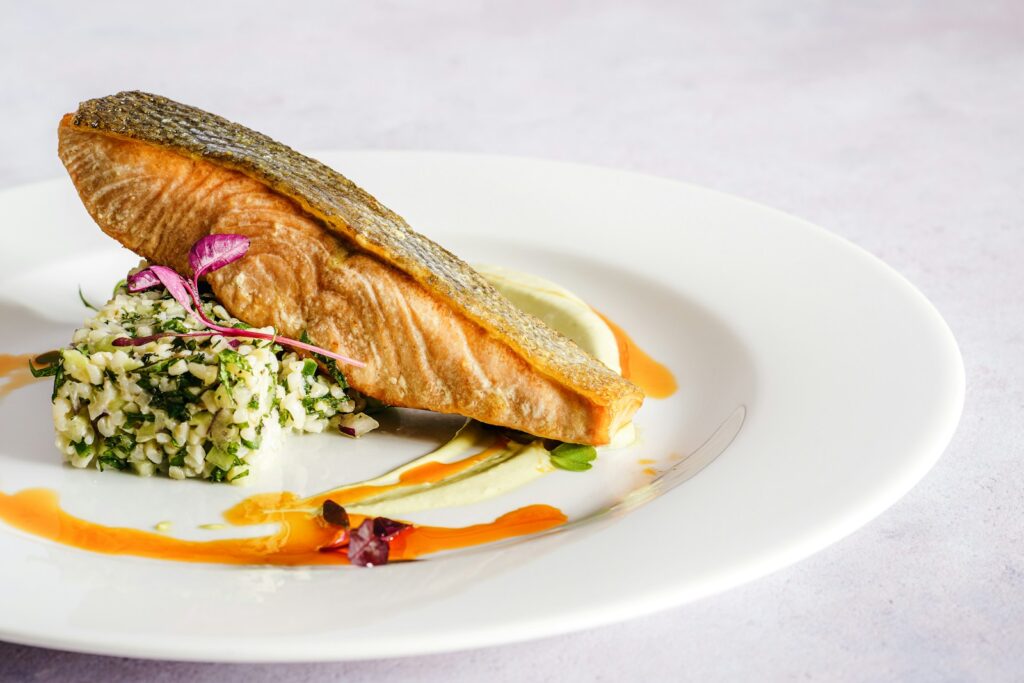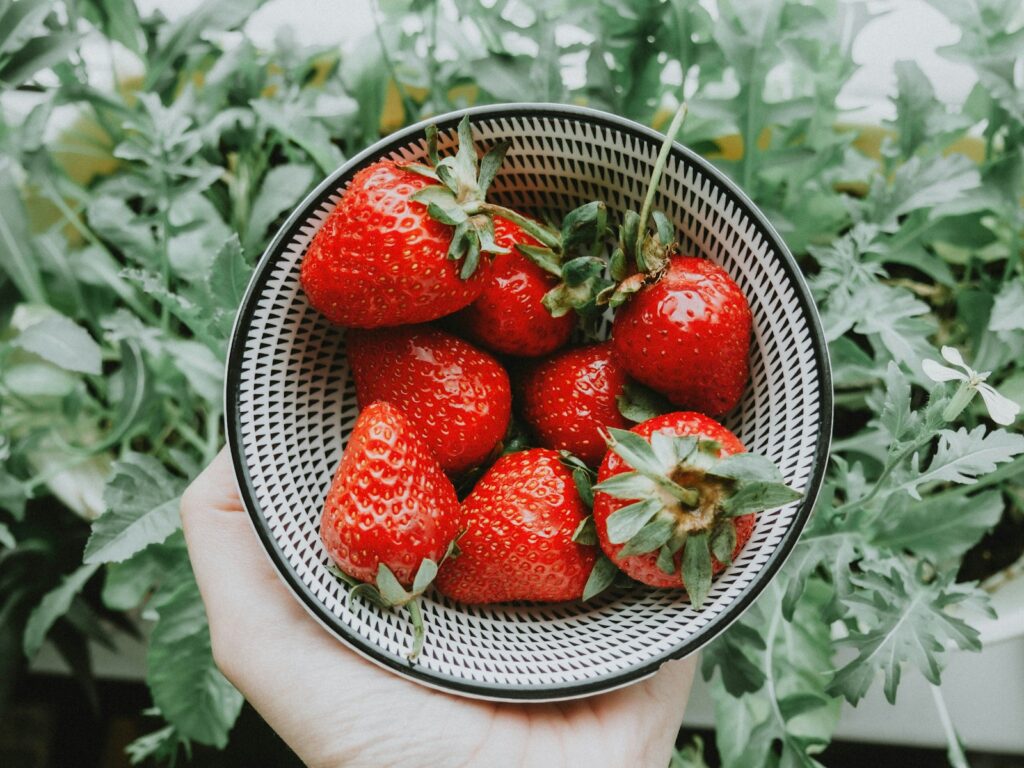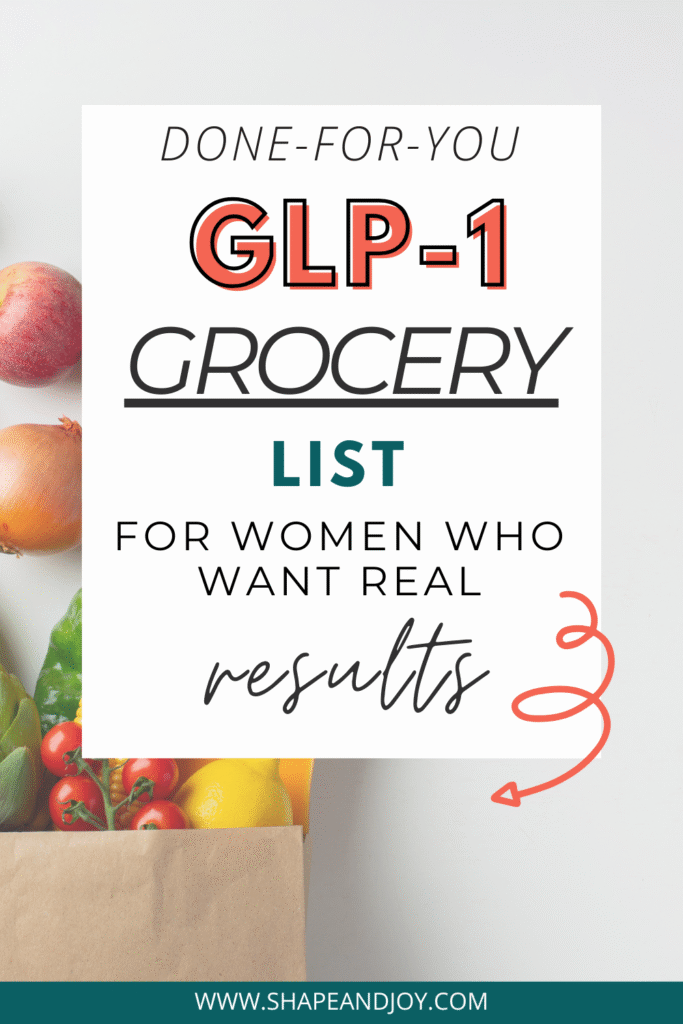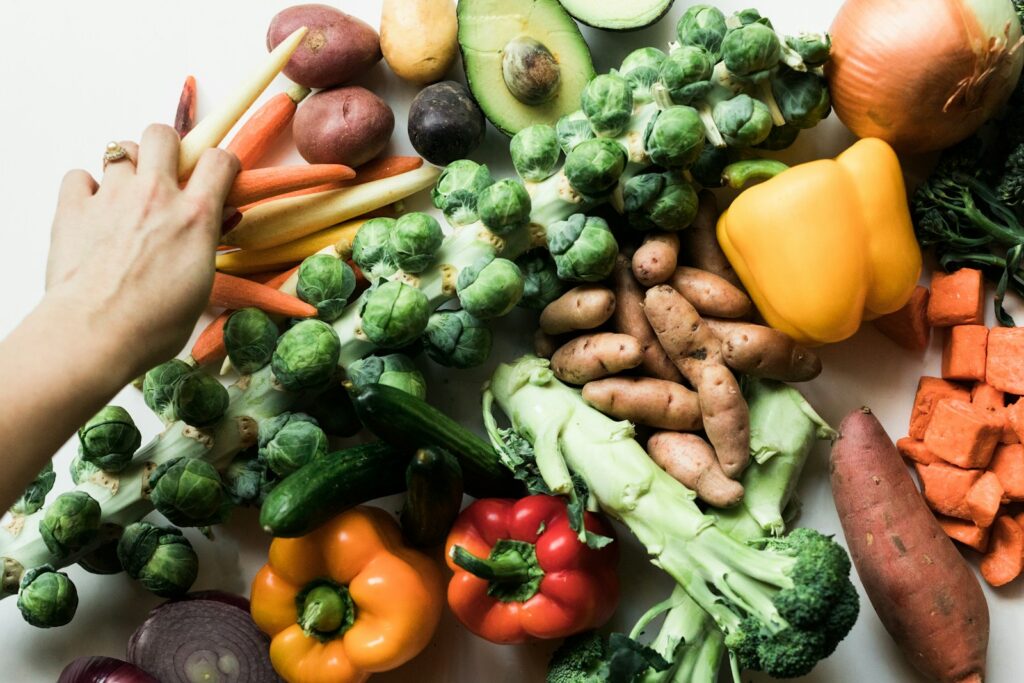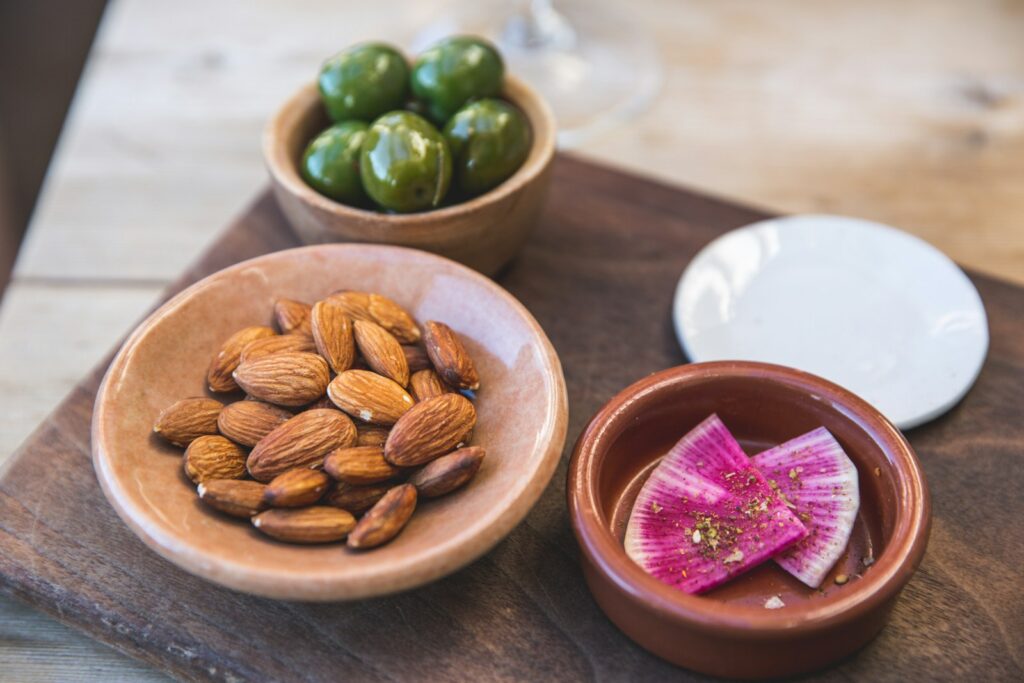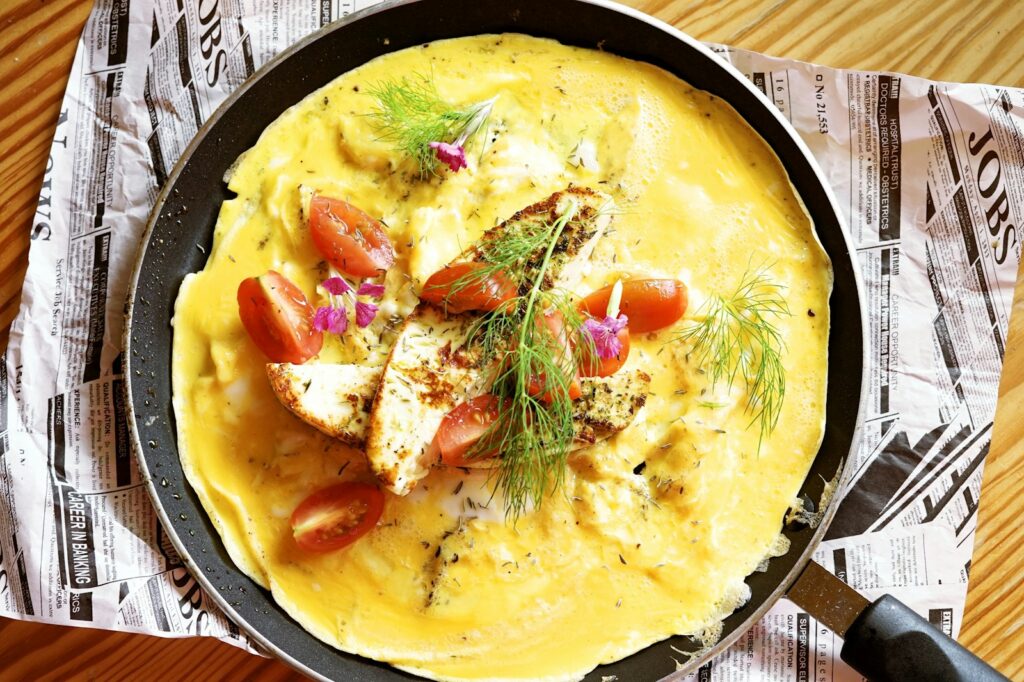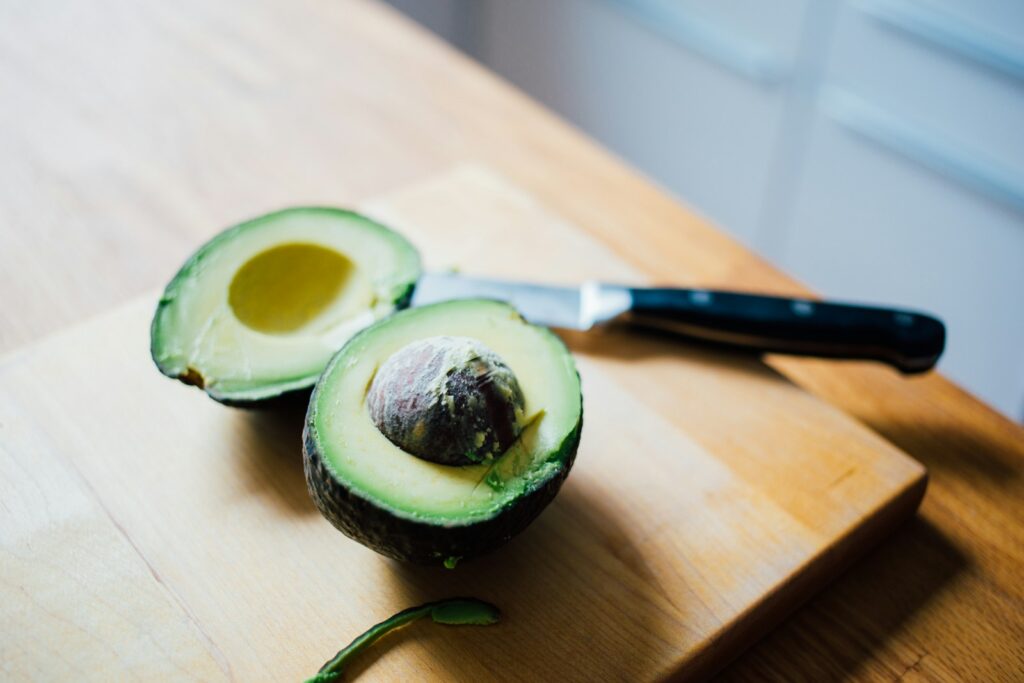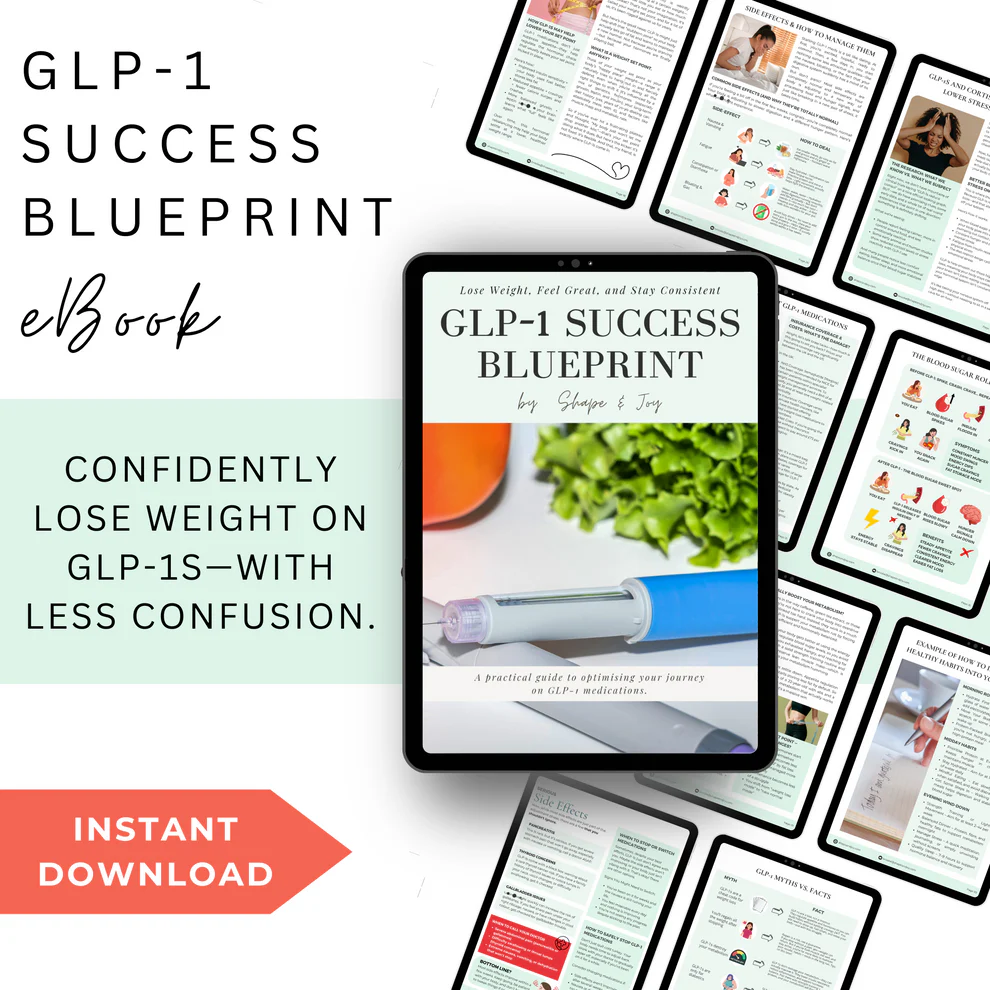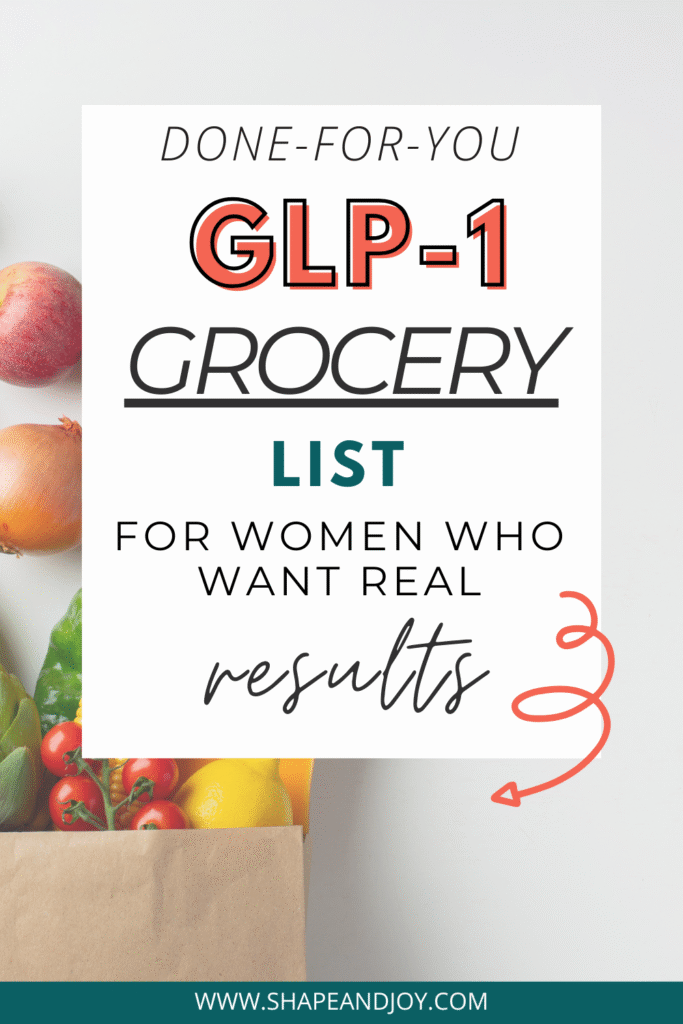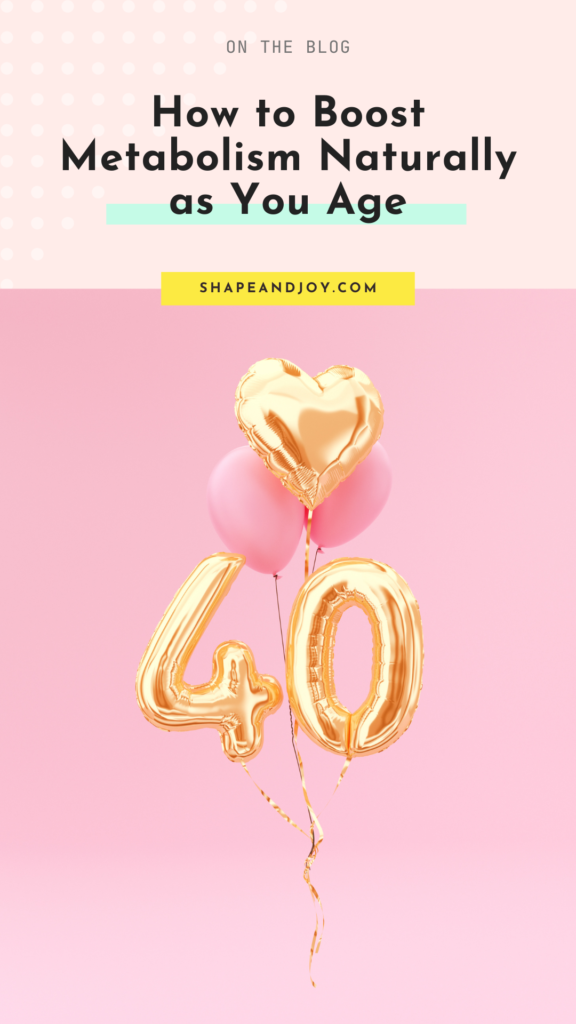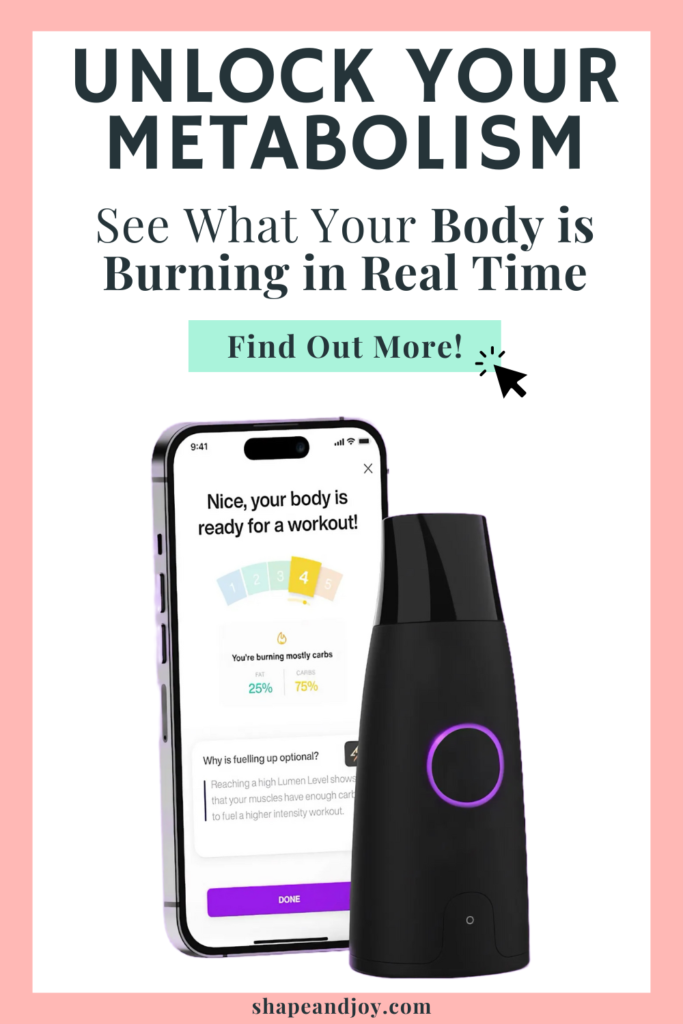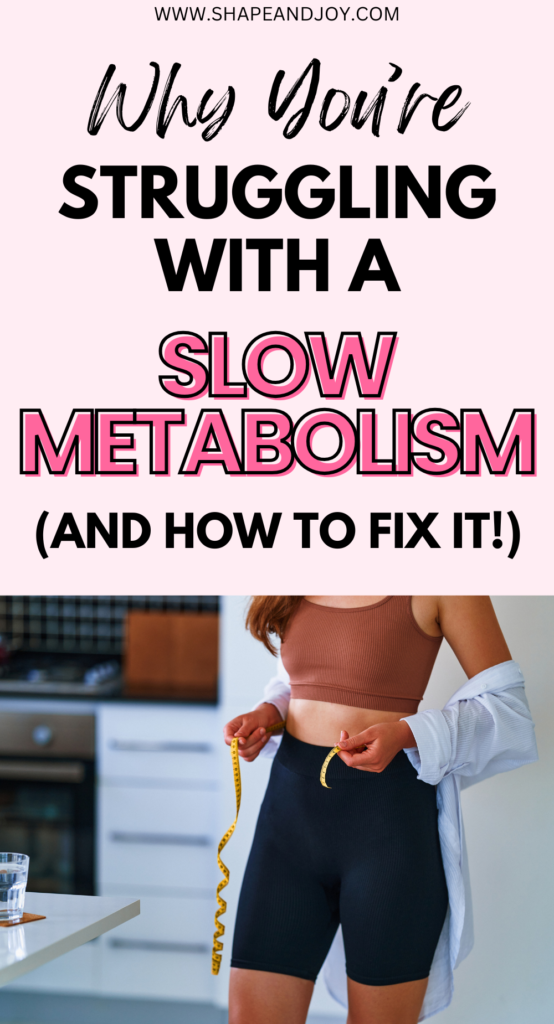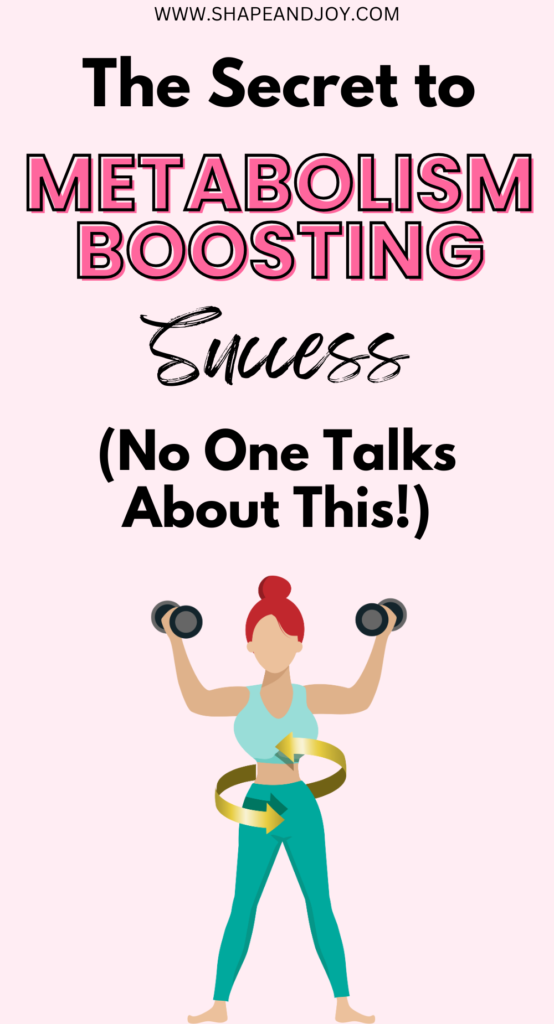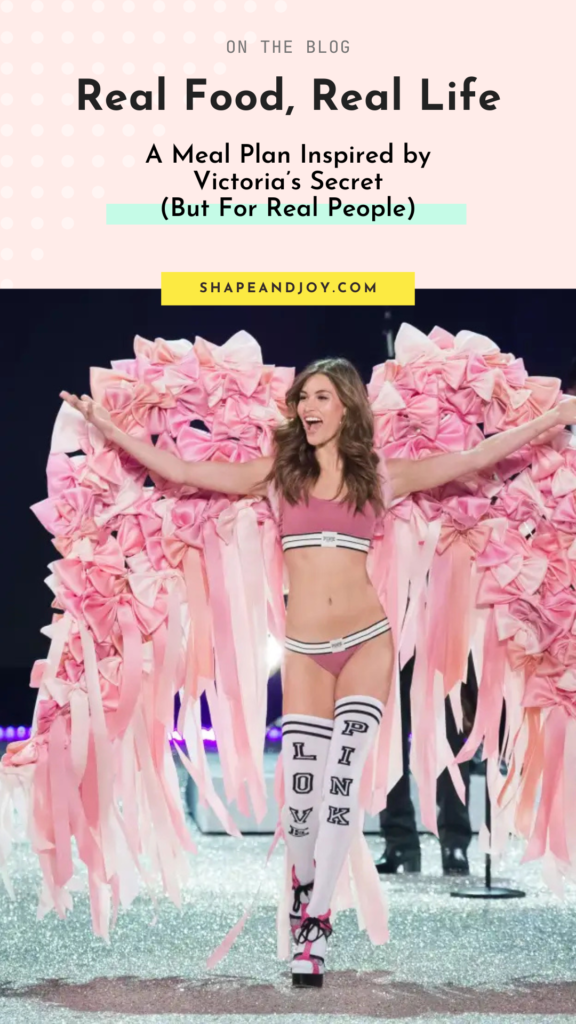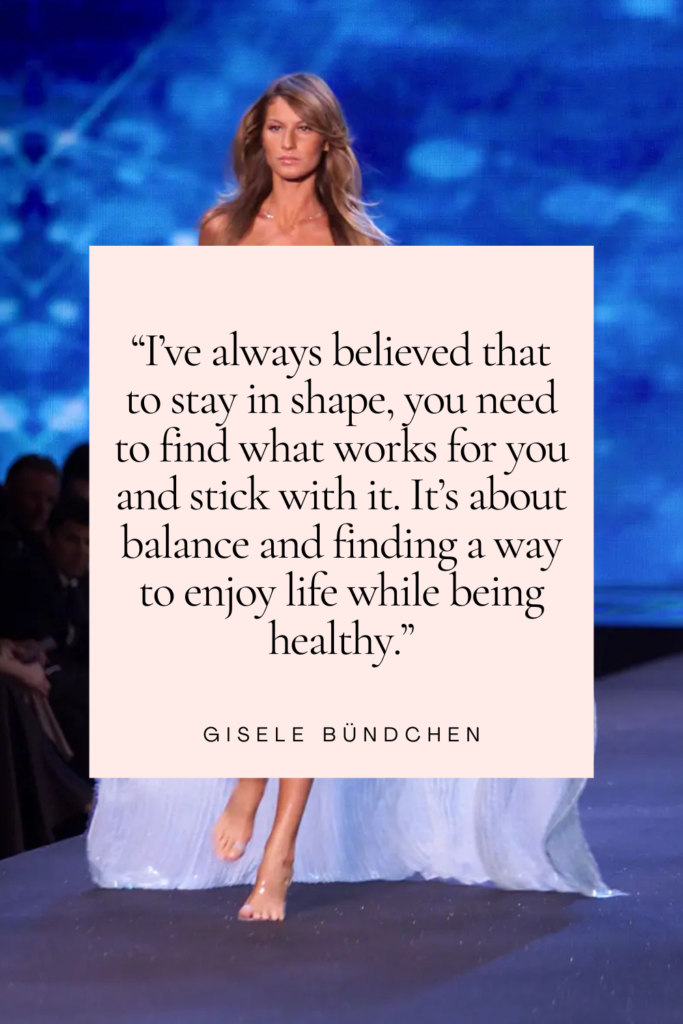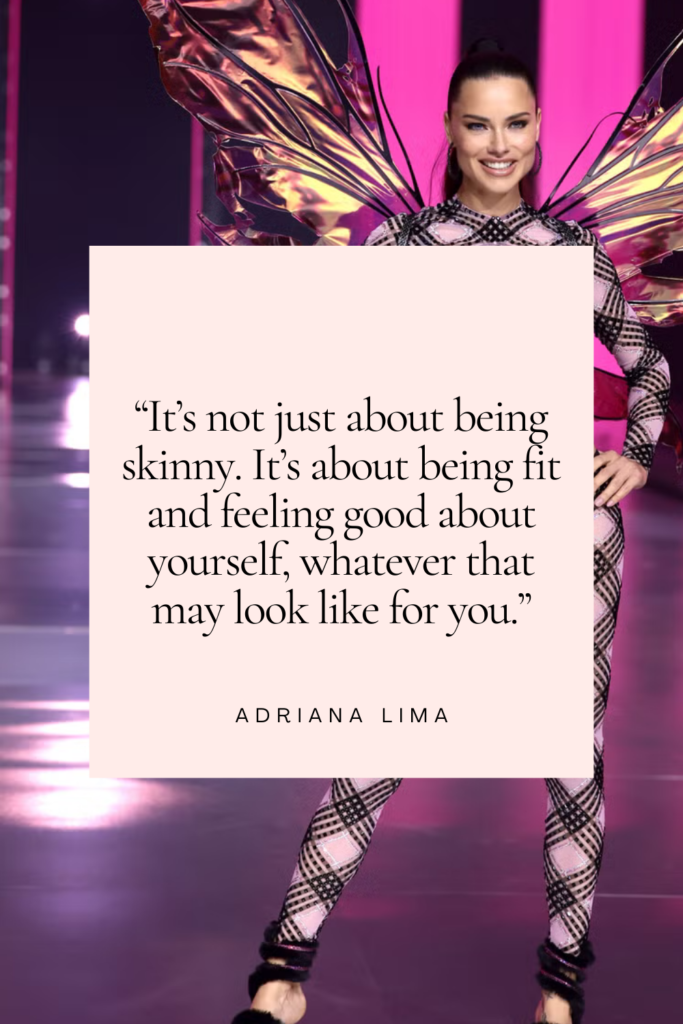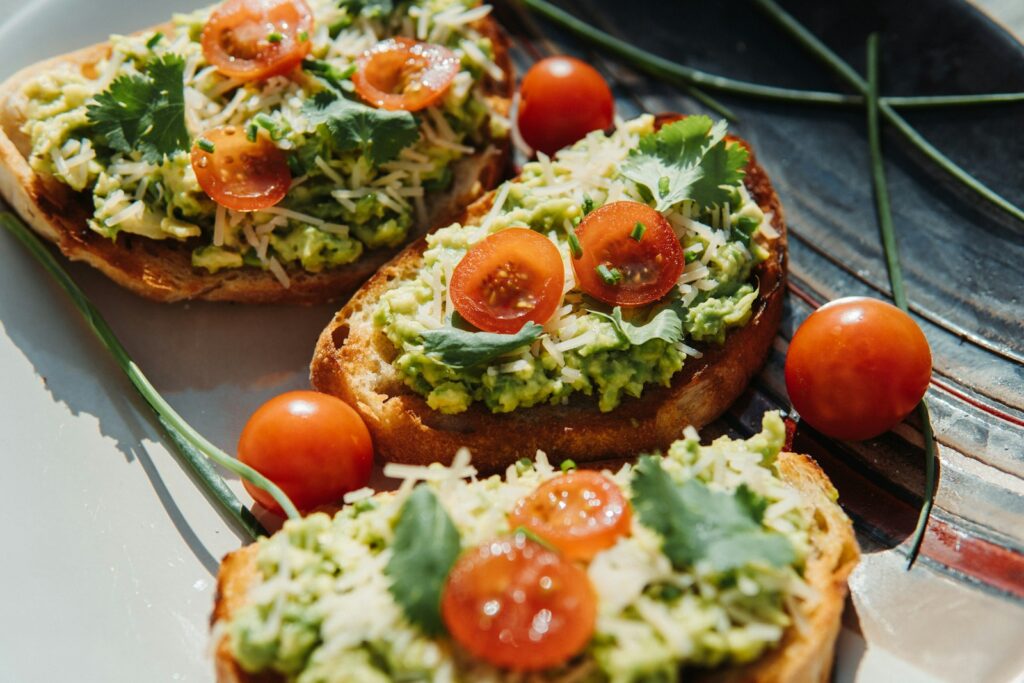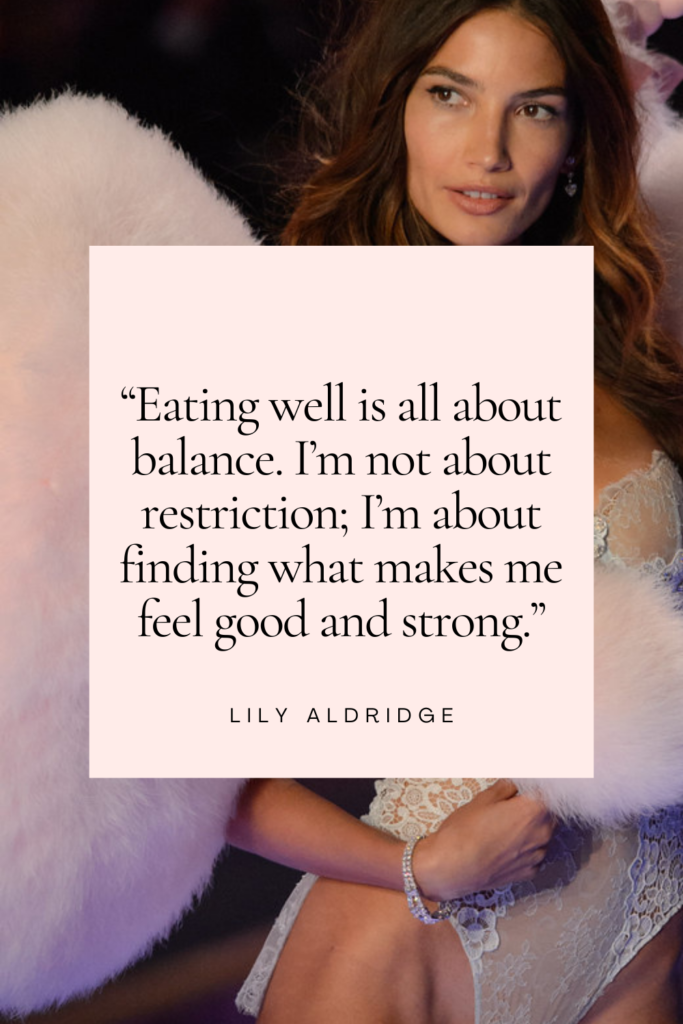15 Top Tips for Your 2025 Body Transformation
Let’s cut to the chase. 2025 is coming in hot, and you’re probably thinking, This is the year I finally lose the weight and achieve a body transformation.
Well, good news: it absolutely can be!
But let’s skip the fads like “how to lose 20 pounds in 2 weeks” or “lose 10 pounds in 5 days.” Real, lasting change doesn’t come from crash diets or miracle detox teas (we’ve all been there, and no, they didn’t work).
Real change? It’s all about getting your head in the game, building habits that stick, eating food you actually enjoy, and moving your body in ways that make you smile—not sigh.
So, grab a cuppa, and let’s dive into the good stuff. Here’s how to make 2025 your year of lasting change.

Start with Mindset
This isn’t just fluff—it’s the foundation of everything. If your head’s not in the right place, even the best plans will crumble like a soggy biscuit. Your mindset shapes your actions, so let’s start there!
1. Identify Your ‘Why’
Why do you want a body transformation? And I don’t mean, “to look good in skinny jeans.”
Dig deeper.
Maybe it’s to keep up with your kids, feel confident walking into a room, or stop getting out of breath chasing the bus.
Whatever it is, make it meaningful.
Having a clear reason will keep you going when temptation strikes (looking at you, leftover Christmas choccies).
Write it down, stick it on your fridge, and remind yourself daily: This is why I’m doing it.
2. Reframe Negative Thoughts
We’ve all got that little voice in our head that says, “You can’t do this.” Well, tell it to pipe down.
Negative self-talk is like a bad ex—you don’t need it hanging around.
Next time you catch yourself thinking, “I’ll never lose this weight,” flip it to, “I’m making small changes every day, and that’s progress.”
You don’t have to believe it straight away, but keep at it.
Eventually, your brain will get the memo.
3. Progress, Not Perfection
You’re not a robot. You’re going to have days where things don’t go to plan—and that’s OK.

Ate a bit more than you planned? Skipped the gym? Doesn’t matter.
Progress is what counts, not perfection.
Set realistic goals and focus on what you can do today to move closer to your goals, even if it’s something small like a 10-minute walk or choosing water over fizzy drinks.
Every little win adds up.
Master Healthy Habits
Let’s talk habits—those sneaky little routines that run your life without you even realising.
The good news? You can make habits work for you instead of against you.
4. The Power of Small Changes
Rome wasn’t built in a day, and neither is a new lifestyle. Start small—swap your sugary cereal for porridge or park a bit further from the shops to get extra steps in.
These little tweaks might not feel like much, but over time, they build into big results.
5. Focus on One Habit at a Time
You’re excited. I get it.
But don’t try to change everything at once—it’s a recipe for burnout. Instead, pick one thing to focus on.

Nail that, and then move on to the next. Slow and steady wins the race, my friend.
6. Track Your Body Transformation Progress
Grab a journal or use an app—whatever works for you.
Seeing your wins on paper (or screen) is ridiculously motivating. Plus, it’s a great reminder of how far you’ve come when you’re having a wobble.
Get Nutrition Right
Forget fad diets and deprivation. Food is fuel, not the enemy.
The trick is finding balance—think 80% wholesome, nutritious meals and 20% treats that make life worth living.
7. Fuel Your Body
High-protein, high-fibre, and low-calorie-density foods are your new best friends. They keep you full, satisfied, and energised for longer.
Think lean meats, veggies, whole grains, and fruits.
Oh, and don’t forget to drink your water—you’re not a cactus!
📌 Pin this for later! ⬇

8. The 80/20 Approach
Here’s the deal: life’s too short to say no to cake forever. Stick to wholesome foods most of the time, but leave room for the things you love.
Balance is the name of the game—it’s not all or nothing.
If you want to learn more about this way of eating, check out my post on the 80/20 Method!
9. Meal Prep Without the Stress
You don’t need to spend hours batch-cooking (unless you want to).

Just plan ahead a bit. Keep your kitchen stocked with healthy snacks and easy-to-make meals so you’re less tempted to order takeaway when you’re knackered.
Move Your Body
Exercise doesn’t have to be a chore.
In fact, it shouldn’t be.
The best kind of movement? The one you actually enjoy.
10. Joyful Movement
Hate running? Don’t do it.
Love dancing around your living room to cheesy 90s hits? Go for it!
The key is finding activities that make you happy—because happy people stick with their routines.
11. Set Non-Weight Goals
Instead of obsessing over the scales, set goals like running a 5k, doing 10 push-ups, or hiking up that hill near your house.
These wins feel amazing and remind you of what your body is capable of.
12. Sneak in NEAT (Non-Exercise Activity Thermogenesis)
Fancy name, but it just means moving more in your everyday life.

Take the stairs, walk to the shops, or have a kitchen disco while cooking dinner.
It all counts.
Stay the Course
Let’s be honest: there’ll be days when you want to chuck your body transformation plans all in.
That’s normal.
The key is to keep showing up, even when it’s hard.
13. Recharge Your Motivation Battery
Motivation isn’t endless, so top it up with little wins and rewards.
Hit a milestone? Treat yourself (but maybe not with a family-sized bag of crisps).
Keep that energy flowing.
14. Focus on Non-Scale Victories
Your worth isn’t tied to a number.
Celebrate better sleep, more energy, or feeling confident in your clothes. These wins are just as important.
15. Plan for Setbacks
Life happens. You’ll have bad days.
The trick is to acknowledge them, dust yourself off, and get back to it.
Remember, one slip-up doesn’t undo all your hard work.
Conclusion
A 2025 body transformation is yours for the taking. You’ve got the tools, the plan, and the grit to make lasting change.
Start small, keep going, and celebrate every step forward.
You’re not just transforming your body—you’re transforming your life.
Now, go out there and smash it!
(P.S. Don’t forget to put the kettle on after—you’ve earned it.)
📌 Pin this for later! ⬇












